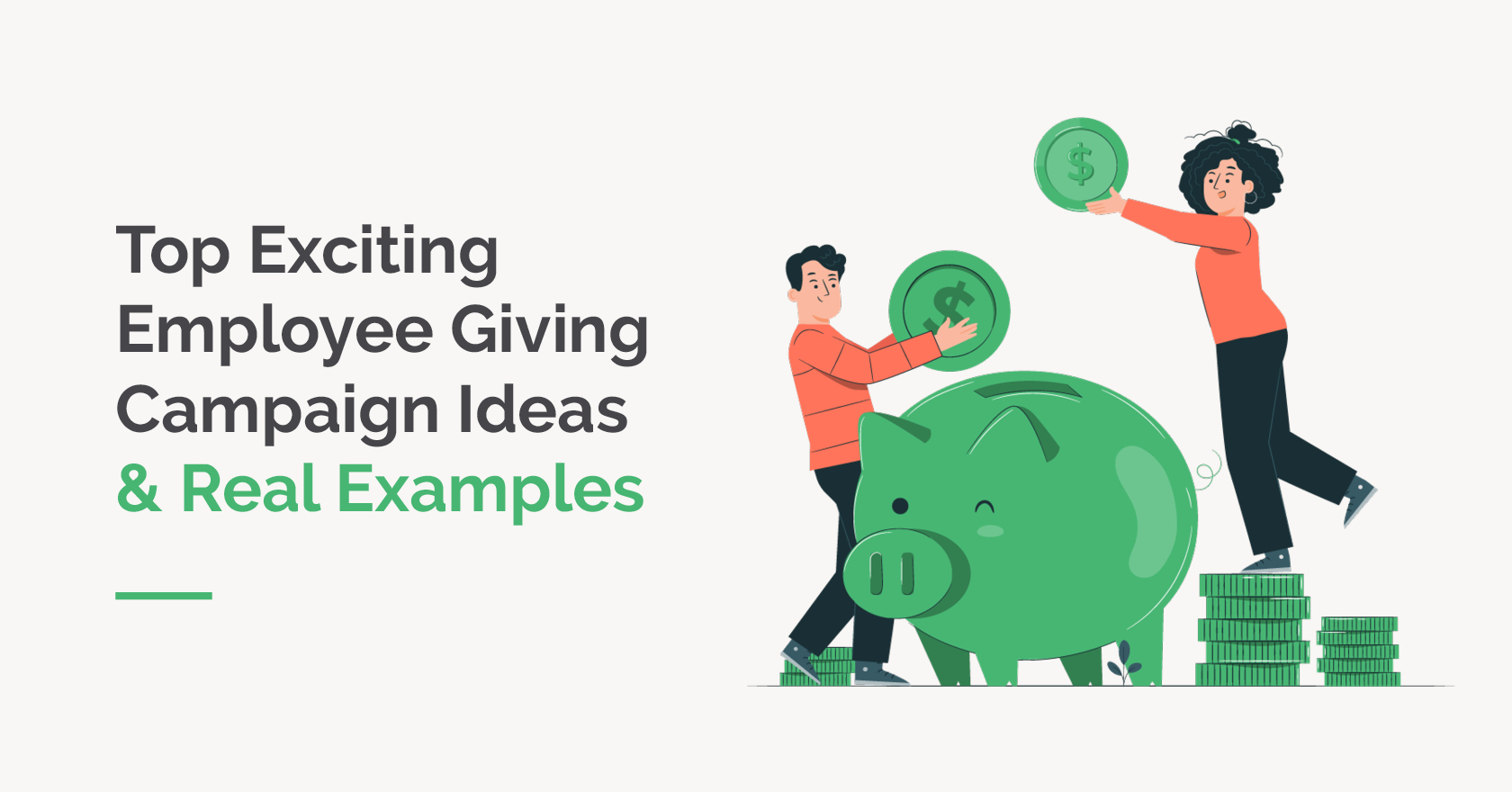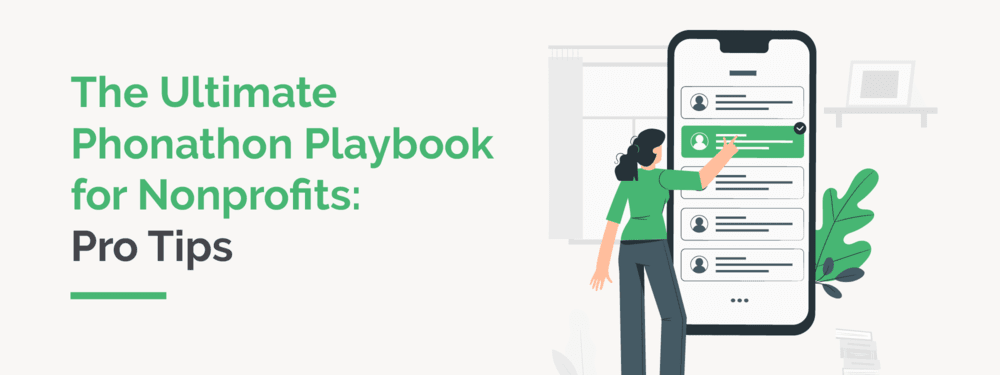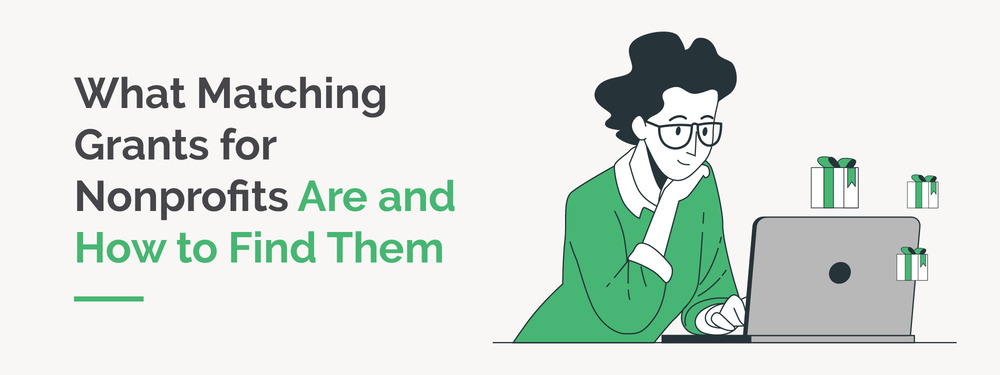
The Ultimate Guide to Employer Appends for Fundraisers
You likely gather many details about your donors—those who…

Alumni Fundraising: A Complete Guide to Winning More Support
For many students, attending an institution of higher education…

9 Exciting Employee Giving Campaign Ideas & Real Examples
Thanks to the growing movement toward increased corporate citizenship,…

What are Challenge Gifts? A Guide to High-Speed Fundraising
A thoughtful and robust fundraising strategy is key to any nonprofit’s…

14 Types of Corporate Philanthropy You Should Know About
Did you know that corporations give an average of $20-$26 billion…

The Ultimate Phonathon Playbook for Nonprofits: 16 Pro Tips
In the world of nonprofit fundraising, few strategies have stood…
 https://doublethedonation.com/wp-content/uploads/2023/10/Matching-Grants_Feature.jpg
375
1000
Adam Weinger
https://doublethedonation.com/wp-content/uploads/2025/11/DTD-horizontal-logo-300x63.png
Adam Weinger2023-10-19 13:30:282025-11-19 05:44:54What Matching Grants for Nonprofits Are and How to Find Them
https://doublethedonation.com/wp-content/uploads/2023/10/Matching-Grants_Feature.jpg
375
1000
Adam Weinger
https://doublethedonation.com/wp-content/uploads/2025/11/DTD-horizontal-logo-300x63.png
Adam Weinger2023-10-19 13:30:282025-11-19 05:44:54What Matching Grants for Nonprofits Are and How to Find Them
Matching Donation Challenges: A Guide to Increasing Gifts
When nonprofits want to spark urgency, inspire generosity,…

20 Festive Christmas Fundraising Ideas to Spread Good Cheer
As a fundraising professional, you know the year-end giving…

Matching Gifts and Relief & Development Nonprofits
In today's nonprofit world, the collaboration between individual…

